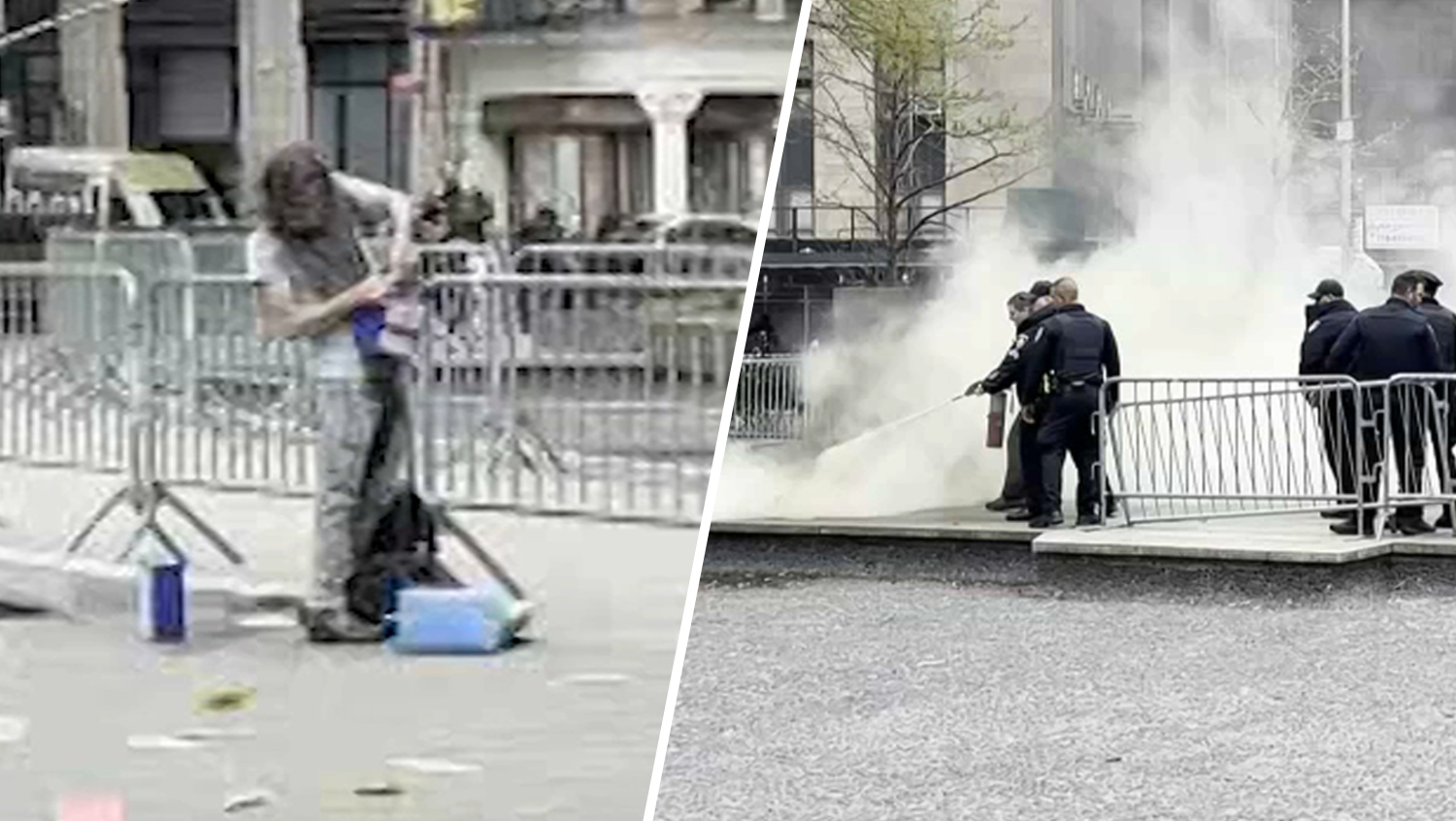The skies above the tri-state saw an unwelcome visitor on Monday as winds pushed wildfire smoke into the region - and it's only going to get worse the next couple of days.
Storm Team 4 says that milky, hazy sky seen over the tri-state is in fact smoke from the massive wildfires burning in the west.
Thanks to west-to-east upper level winds, the smoke has been carried across the U.S. and blanketed the tri-state area. Fortunately, the smoke is suspended in the upper atmosphere, about 20,000 feet up, so there is no impact to air quality.
Depending on the winds, Storm Team 4 says the smoke may get thicker and could even help create vividly orange and red sunrises and sunsets this week.
The flames up and down the West Coast have destroyed neighborhoods, leaving nothing but charred rubble and burned-out cars, forced tens of thousands to flee and cast a shroud of smoke that has given Seattle, San Francisco and Portland, Oregon, some of the worst air quality in the world.
The smoke filled the air with an acrid metallic smell like pennies and spread to nearby states. While making it difficult to breathe, it helped firefighters by blocking the sun and turning the weather cooler as they tried to get a handle on the blazes, which were slowing in some places.
News
Smoke created cooler conditions in Oregon too, but it was also blamed for making the dirtiest air in at least 35 years in some places. The air quality index reading Saturday morning in Salem, the state capital, was 512.
The scale normally goes from zero to 500.
“Above 500 is literally off the charts,” said Laura Gleim, a spokesperson for the Oregon Department of Environmental Quality.
Because past air quality was rarely so poor, the government's yardstick for measuring it capped out at 500, Gleim said. The department started monitoring in 1985.
PHOTOS: Bay Area Sky Turns Orange and Yellow As Smoke Blankets Region
But warnings of low moisture and strong winds that could fan the flames added urgency to the battle. The so-called red flag warnings stretched from hard-hit southern Oregon to Northern California and extended through Monday evening.
Numerous studies in recent years have linked bigger wildfires in the U.S. to global warming from the burning of coal, oil and gas.
The Democratic governors of all three states say the fires are a consequence of climate change, taking aim at President Donald Trump ahead of his visit Monday to California for a fire briefing.



